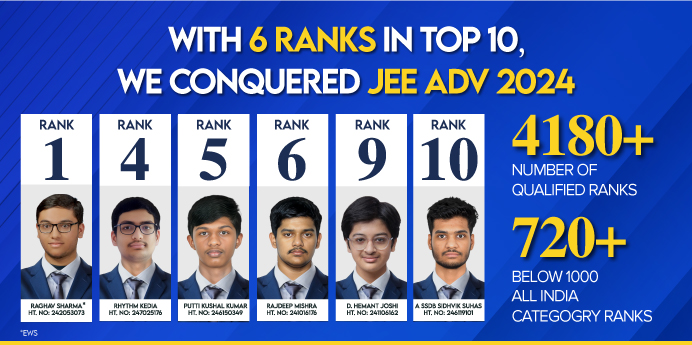










Courses

By Karan Singh Bisht
|
Updated on 3 Jul 2025, 15:22 IST
The CBSE board has released the Class 9 Maths syllabus for the 2025-26 academic session. It’s important for students to go through the syllabus carefully to create an effective study plan. Infinity Learn offers the Class 9 Maths Syllabus 2025-26 in PDF format for easy reference. To score well in tests and annual exams, students should thoroughly understand the syllabus and allocate time to each topic accordingly.
Students can view and download the updated CBSE Class 9 syllabus and full curriculum from here. Along with the course content, they can also explore the question paper pattern and evaluation scheme.
Students can download the latest CBSE Class 9 syllabus for the 2025-26 academic year using the link below. It provides a clear overview of the topics they will study throughout the year.
| Unit | Unit Name | Section |
| I | Number System | Real Numbers |
| II | Algebra |
|
| III | Coordinate Geometry | Coordinate Geometry |
| IV | Geometry |
|
| V | Mensuration |
|
| VI | Statistics | Statistics |
| Units | Unit Name | Marks |
| I | Number System | 10 |
| II | Algebra | 20 |
| III | Coordinate Geometry | 04 |
| IV | Geometry | 27 |
| V | Mensuration | 13 |
| VI | Statistics | 06 |
| Total | 80 | |
| Internal Assessment | 20 | |
| Grand Total | 100 |
| Important Study Materials Links for Class 9 CBSE |
| CBSE Class 9 NCERT Solutions |
| NCERT Solutions for Class 9 Maths |
| NCERT Solutions for Class 9 English |
| NCERT Solutions for Class 9 Social Science |


JEE

NEET

Foundation JEE

Foundation NEET

CBSE

No courses found
You can download the official syllabus from the CBSE Academic website: cbseacademic.nic.in. or Infinity Learn.
The CBSE class 9 maths syllabus includes six units: Number Systems, Algebra, Coordinate Geometry, Geometry, Mensuration, and Statistics. Each unit focuses on foundational mathematical concepts essential for higher studies
The theory paper is of 80 marks, distributed as follows: Number Systems (10), Algebra (20), Coordinate Geometry (4), Geometry (27), Mensuration (13), and Statistics (6). An additional 20 marks are allocated for internal assessments.
Yes, the assessment now emphasizes competency-based questions, including multiple-choice and case-based questions, constituting 50% of the paper. This approach aims to test students' understanding and application of concepts.
Yes, the NCERT textbook comprehensively covers the entire syllabus and is considered sufficient for exam preparation. Regular practice of exercises and examples from the textbook is recommended.